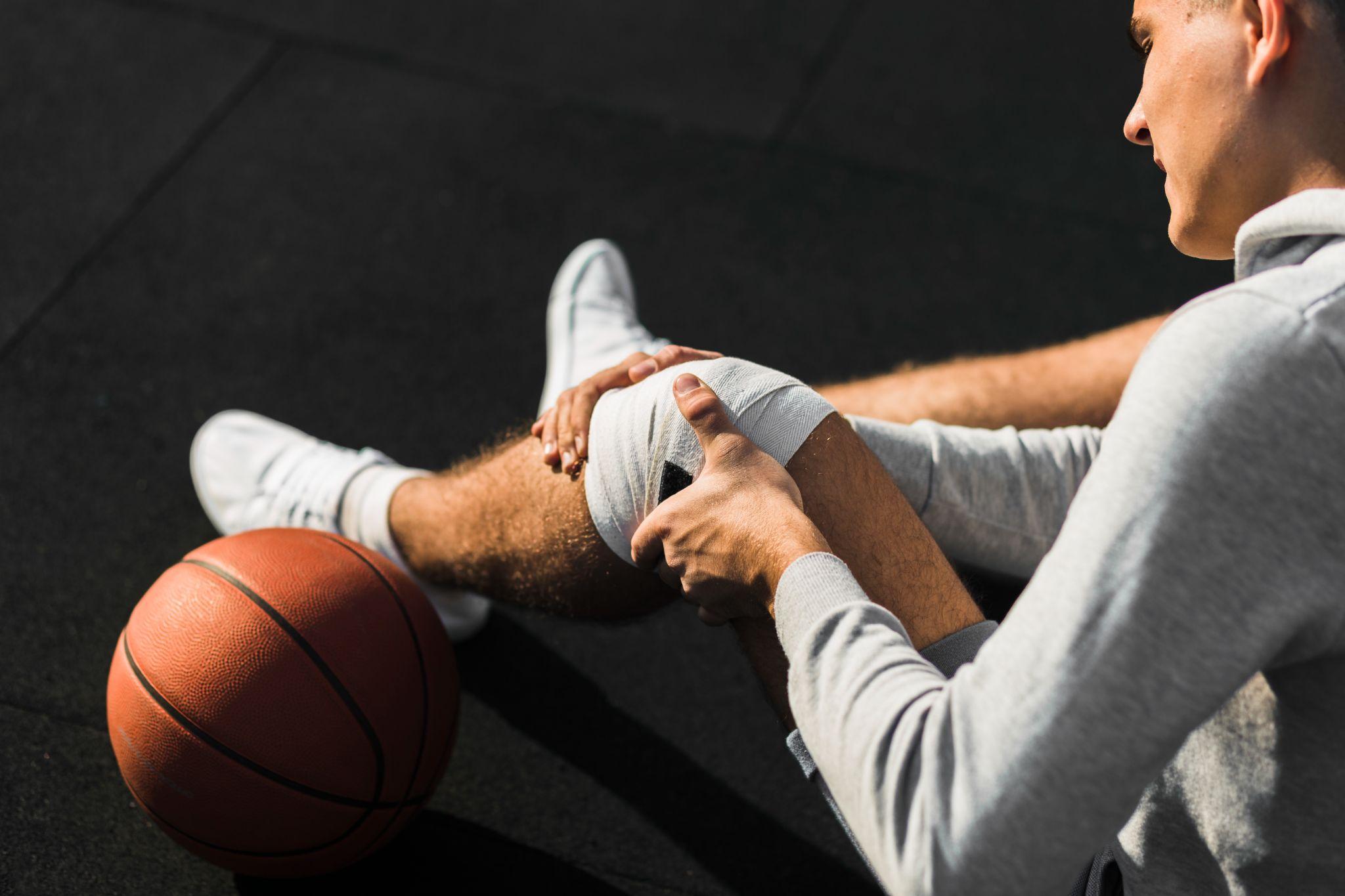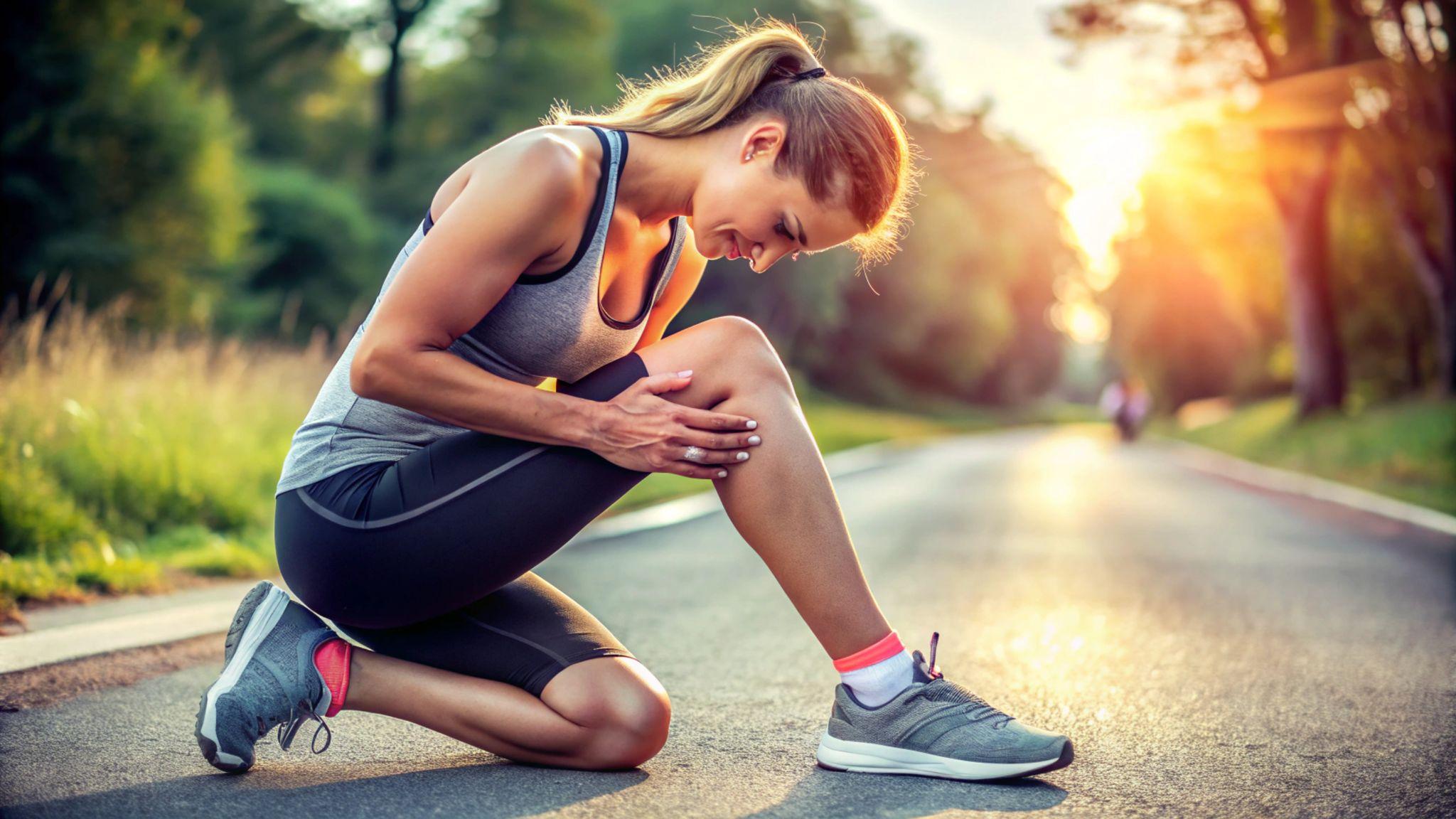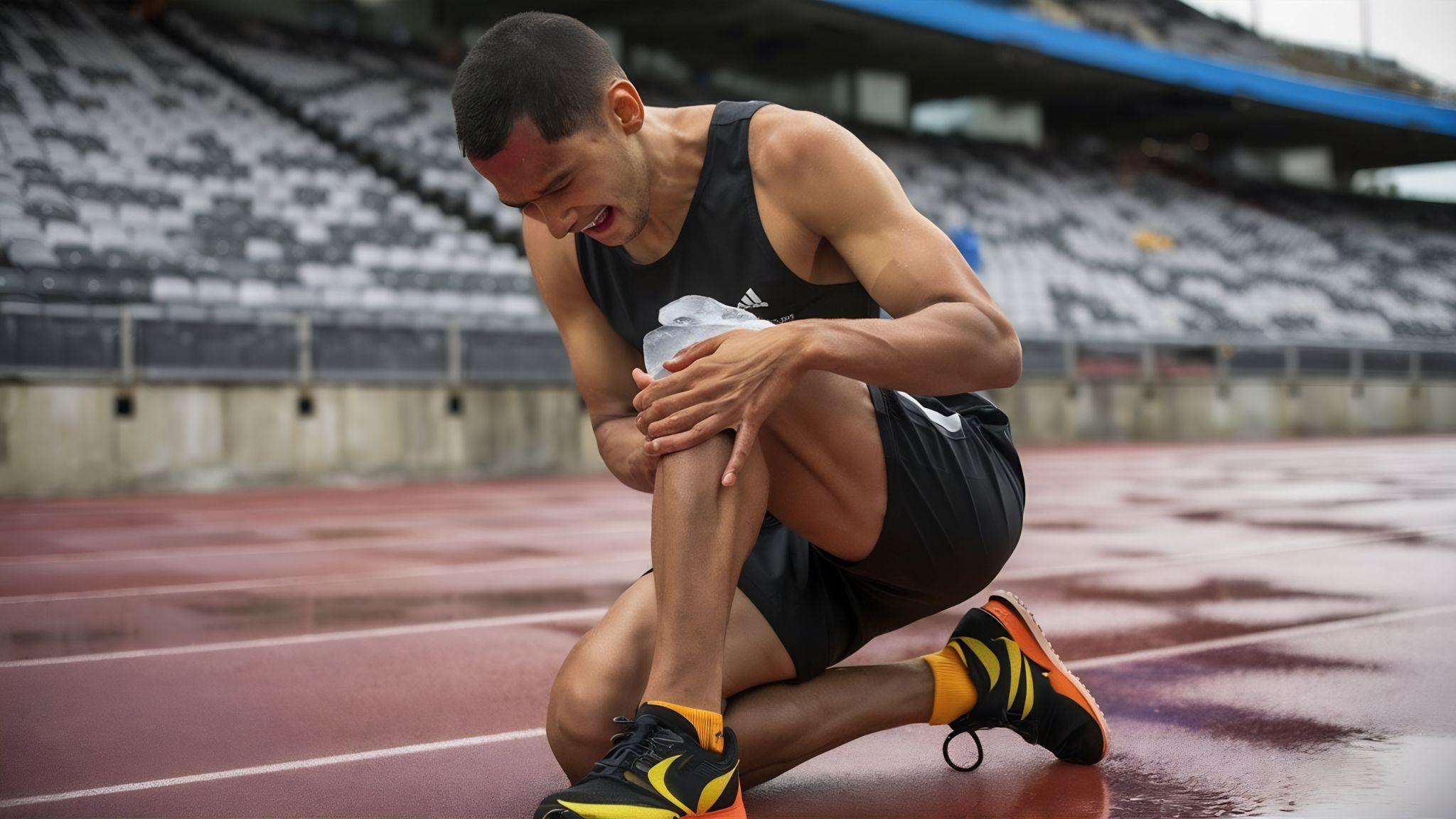Sports Injury Prevention: Tips for Athletes to Protect Joints

The initial step to preventing them is knowing how they occur. Strength training is very crucial. It builds muscle safely around developing joints, as well as enhancing balance, flexibility, and coordination.
Whether one is an athlete or loves staying active, one thing is sure: the joints take all that pressure. From knees and ankles to shoulders and wrists, joints are the primary parts of the body responsible for fluid, pain-free movement. However, they turn out to be parts of the body most commonly injured in sports.
Joint injuries not only hurt, but they will keep you out of commission for weeks or even longer. Consider a ruptured ACL, dislocated shoulder, or sprained ankle. There are no fly-withs; these are actual issues that plague athletes at all levels.
That is why injury prevention is always preferable to coping with the consequences. In this blog, we will guide you through the most prevalent joint injuries, why they occur, and, above all, how to take care of your joints with innovative and straightforward advice.
Prevalent Joint Injuries in Athletes
Various sports subject various joints to pressure, which is why some injuries occur more frequently in particular sports.
Knee Injuries
ACL Tears: Frequently happen in sports such as football, basketball, or skiing, where sudden stopping, turning, or jumping is involved.
Meniscus Injuries: The meniscus is the pad between your thigh bone and shinbone, and it can tear from twisting movements.
Shoulder Injuries
Rotator Cuff Strains: Frequent among swimmers, throwers, and tennis players who are constantly using overhead arm movements.
Dislocations: May occur in contact sports or falls.
Ankle Injuries
Sprains and Ligament Tears: Extremely prevalent in sports that include rapid direction changes or uneven terrain, such as soccer, basketball, and running.
Wrist and Elbow Injuries
Tennis Elbow (lateral epicondylitis): Developed from repetitive arm movements prevalent in racquet sports and even in gym exercise.
Wrist Sprains: Usually happen during a fall or poor form in gymnastics and weightlifting.
Why Joint Injuries Happen?
Overuse and Repetitive Strain
Repeating the same motion repeatedly can lead to micro-tears and inflammation. Runners, swimmers, and even weightlifters often fall into this trap.
Poor Training Technique
Bad posture or poor form will put unwanted stress on your joints. Lacking advice, easy exercises can turn bad.
Skipping warm-ups and cool-downs
You don't warm up and jump right into intense exercise. It's like starting your car and hitting full speed, again- it doesn't give the joints time to stretch into action and cool down slowly afterwards.
Muscle imbalances
If your muscle groups are uneven, your body compensates for the imbalance. This leads to joints getting pulled out of place and long-term injury.
Limited Flexibility and Mobility
Restricted muscles limit the range of motion, which means joints have to work overtime.
Inadequate Equipment or Footwear
Poorly fitted shoes or poorly fitting equipment put extra stress on your joints, particularly in weight-bearing sports.

You might be surprised to know that most joint injuries do not come from one big accident; they build up over time.
Top Prevention Tips for Protecting Joints
Now let's discuss how you can protect your joints and remain injury-free.
Warm-Up and Stretch Correctly
Begin with a dynamic warm-up, low-key movements such as leg swings, arm rotations, or jogging to improve blood circulation. Post-workout, perform static stretches to elongate and loosen muscles. Warm-ups get your joints going; not doing them is like asking your knees to sprint when they're still asleep.
Strength Training and Conditioning
Target joint-stabilizing muscles such as your glutes, quads, hamstrings, and core. The more powerful your support unit, the less stressed your joints will be. Add in functional movements and cross-training to avoid overdoing the same areas.
Wear Proper Gear
Invest in sport-specific footwear that is cushioned and supportive. Wear braces or sleeves if a physician prescribes them, particularly if you are rehabbing an old injury. Also, ensure helmets, pads, and guards fit comfortably and are well-maintained.
Adopt Good Technique
Good form is essential. Train with a coach or instructor to get your posture and movement patterns just right. No matter if you're weightlifting or batting a ball, sloppy technique can creep up on your joints and erode them over time.
Let Your Body Rest
Rest days are just as crucial as training days. Recovery allows your joints to heal and protects you from the dreaded overtraining injuries. Do not skip your sleep. Your body does most of its repair work when you're sleeping.
Proper Hydration and Nutrition
Joints must stay hydrated to remain lubricated and supple.
Eat foods that are high in:
- Omega-3 fatty acids (from fish or flaxseed)
- Vitamin D and Calcium (for bone density)
- Collagen (in bone broth or supplements)
These nutrients support your joints being strong and inflammation-free.

Fix little problems first. Many times, early intervention keeps a little tweak from tearing into a big tear. For instance, a slight discomfort in your knee during a run could be a sign of a muscle imbalance that, if left unaddressed, could lead to a more serious injury like a torn ligament.
Physical Therapy and Prehab
What Is Prehab?
Prehab (prehabilitation, for short) is training your body to avoid injuries before they occur. It's like a customized warm-up routine targeted at your weak areas.
Physical therapists typically measure your posture, flexibility, and muscle strength to identify imbalances. From that, they develop a plan that might involve:
- Resistance band exercises
- Stability and balance training
- Mobility drills
- Core strengthening
These exercises enhance coordination and support for joints, especially where you're most vulnerable.
Why Regular Assessments Matter?
You do not have to be hurt to visit a physiotherapist. Regular visits can identify issues early on, before they become full-blown injuries.
A physical therapist is also able to instruct you in proper movement, suggest stretching exercises for tight muscles, and advise you on strengthening exercises for weaker muscles.
Special Considerations for Young Athletes
In the case of young athletes, joint care requires special attention. Their bodies are developing, and that includes bones, muscles, and most importantly, the growth plates. They are soft tissue at the end of long bones where growth occurs and are more vulnerable to injury than mature bones. High-impact sports or overtraining at a young age can break these growth plates, creating long-term issues.
Burnout and repetitive strain are common problems among young athletes. A single-sport individual child or adolescent performing the same movements time and again puts constant pressure on the same joints, thereby increasing the chances of overuse injuries such as stress fractures, tendonitis, or chronic joint pain.
Promoting variety in sport, routine rest, and enjoyable playtime also keeps joints healthy without leading to physical or mental exhaustion.
Conclusion
Defending your joints is not only for professional athletes; it's something all active individuals should watch out for, particularly if you wish to continue playing your favorite sport for years to come. Prevention of joint injury is best achieved through being proactive: warm up adequately, train with proper form, wear appropriate gear, and allow your body the time it needs to recover. Strengthen the muscles that stabilize your joints, drink plenty of water, and don't dismiss early stages of pain. For young athletes, it's even more crucial to be careful and balanced during training. Whether you're a recreational runner on the weekends or a competitive athlete, healthy joints are key to optimal performance. Remember, strong joints help you in an intense game, so take care now and reap the rewards of an active, injury-free lifestyle.
Frequently Asked Questions
1. How do I know if my joint pain is only soreness or an injury?
Minor soreness tends to disappear in a day or two, particularly after rest and stretching. If the pain is sudden, swelling occurs, or the pain increases with movement, it could be an injury and should be checked.
2. Is stretching before sports sufficient to avoid injuries?
Stretching by itself is not sufficient; you also have to warm up with dynamic movements to get the blood moving and muscles in shape. It's like waking up your joints before asking them to do hard work.
3. Can I still train when I have a minor joint injury?
Rest or change to low-impact work until you are completely healed. Trying to push through the pain can make a minor issue into a large one.
4. What’s the best way to strengthen joints?
Strength training for muscles around the joint, like quads, hamstrings, and core, offers the best protection. Strong muscles mean less stress on your joints.
5. How important is hydration for joint health?
Hydration is essential! Water helps keep the cartilage in your joints lubricated, allowing them to move smoothly and pain-free.
6. Do young athletes need different joint care than adults?
Yes! Children and adolescents have developing bones and softer growth plates, so they are more prone to injury. Variety of sports, frequent rest, and avoiding too much training are essential.